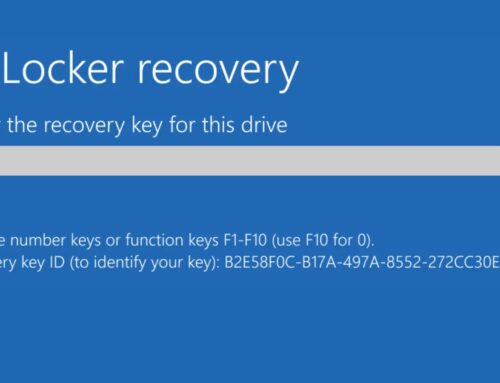
Critical Apple 0-Day Vulnerability Actively Exploited in the Wild – Update Now
Yesterday, Apple released urgent security updates for its iOS and iPadOS operating systems, addressing a critical zero-day vulnerability that is actively being exploited in the wild. This significant threat underscores the continuous need for vigilance and rapid response in personal and enterprise security protocols. Users of Apple mobile devices are strongly advised to update their devices immediately to mitigate the risk.
Understanding the Apple 0-Day Vulnerability
The vulnerability, officially tracked as CVE-2025-43300, resides within Apple’s core Image I/O framework. This framework is fundamental to how iPhones and iPads process and display images, making the flaw particularly dangerous due to its pervasive nature across the system. The specific nature of the vulnerability is identified as a memory corruption issue.
Memory corruption vulnerabilities are a severe class of security flaws. They occur when a program inadvertently writes to or reads from unintended memory locations. In the context of this Apple zero-day, such an exploit could potentially lead to arbitrary code execution, allowing attackers to gain unauthorized control over a compromised device. This type of flaw is highly prized by malicious actors as it can bypass many security safeguards.
Active Exploitation and Targeted Attacks
What makes CVE-2025-43300 particularly concerning is the confirmation from Apple that it is under active exploitation. Furthermore, the exploitation is described as occurring in “highly targeted attacks.” This typically implies sophisticated adversaries employing advanced persistent threat (APT) tactics, aiming at specific individuals or organizations rather than broad, indiscriminate campaigns.
Such targeted attacks often leverage zero-day vulnerabilities – flaws unknown to the vendor and thus unpatched – to bypass conventional security measures. The rapid response from Apple in issuing emergency patches highlights the severity and immediate threat posed by this exploitation.
Affected Devices and Urgent Patches
The vulnerability impacts a wide range of Apple mobile devices running specific versions of iOS and iPadOS. Apple has rolled out emergency updates to address this critical flaw.
- iOS 18.6.2 for iPhone users.
- iPadOS 18.6.2 for iPad users.
These patches specifically remediate the memory corruption vulnerability within the Image I/O framework, closing the avenue for exploitation. Updating to these versions is not merely recommended but essential for securing devices against the ongoing threat.
Remediation Actions: Update Now
For all users of Apple iPhones and iPads, the primary and most critical remediation action is to update your device software immediately. This process is straightforward but vital for protecting against the CVE-2025-43300 zero-day.
- Backup Your Device: While typically not required for minor updates, it’s always prudent to back up your iPhone or iPad to iCloud or your computer before performing any major software update.
- Connect to Power and Wi-Fi: Ensure your device is connected to a power source and a stable Wi-Fi network to prevent interruptions during the update process.
- Initiate Update:
- Go to Settings.
- Tap General.
- Select Software Update.
- If the update is available, tap Download and Install.
- Verify Installation: After the device restarts, navigate back to Software Update to confirm that your device is running iOS 18.6.2 or iPadOS 18.6.2.
Beyond immediate patching, organizations should reinforce security awareness training, emphasizing the dangers of clicking on suspicious links or opening unsolicited attachments, especially those from unknown senders. These practices are common vectors for delivering exploits, even when vulnerabilities are unpatched.
Tools for Detection and Mitigation
While the primary defense against this specific zero-day is the vendor-provided patch, a robust security posture involves continuous monitoring and the use of relevant tools. For IT professionals and security analysts, understanding and utilizing these tools is key to maintaining network hygiene and detecting potential compromises.
| Tool Name | Purpose | Link |
|---|---|---|
| Mobile Device Management (MDM) Solutions | Automated patching, configuration enforcement, and device inventory management for enterprise environments. | (Varies by vendor, e.g., Jamf, Microsoft Intune) |
| Network Intrusion Detection Systems (NIDS) / Intrusion Prevention Systems (NIPS) | Monitoring network traffic for suspicious patterns, known exploit signatures, and anomalous behavior. | (Varies by vendor, e.g., Snort, Suricata, Palo Alto Networks) |
| Endpoint Detection and Response (EDR) Solutions | Real-time monitoring and analysis of endpoint activity to detect and respond to threats like memory corruption exploits. | (Varies by vendor, e.g., CrowdStrike Falcon, SentinelOne) |
| Vulnerability Management Platforms | Scanning for unpatched systems and providing a centralized view of an organization’s vulnerability landscape. | (Varies by vendor, e.g., Tenable.io, Qualys) |
Conclusion





